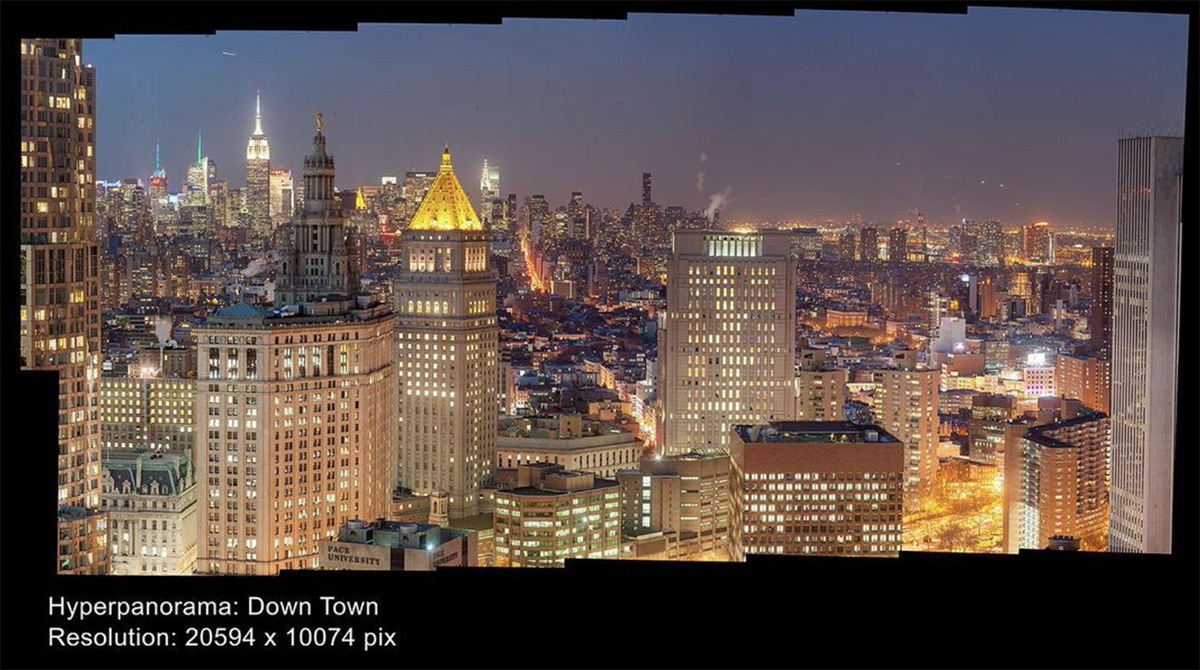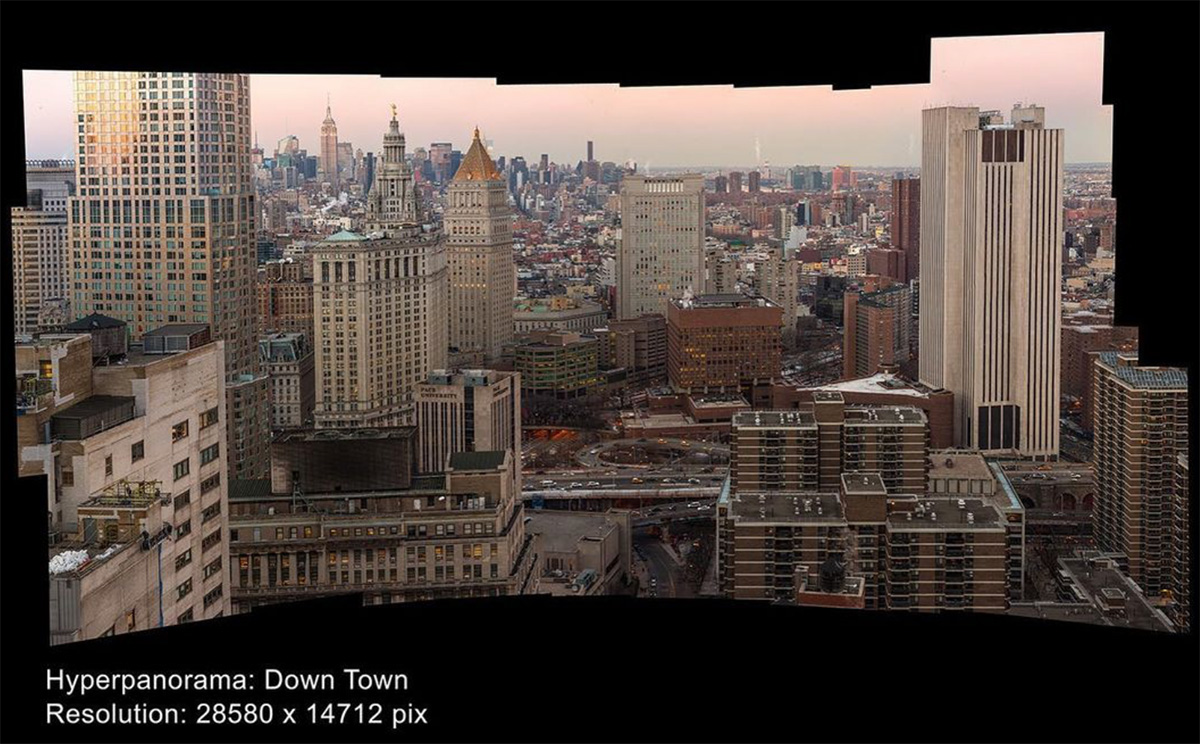Panoramic images are crafted to mimic the expansive field of vision humans naturally perceive, encompassing a horizontal angle significantly wider than that of a standard lens. This overlap with the human field of view—160° horizontally and 75° vertically—sometimes extends to a complete spherical perspective. Employed primarily in depicting vast landscapes or architectural interiors, panoramic photography demands a static scene to avoid complications during image processing. However, exceptions exist, such as evenly flowing water or a calm lake, which facilitate manual image stitching.
Equipment and Techniques for Panoramic Photography
Contrary to the use of wide or ultra-wide-angle lenses, which can distort and minimize background objects, panoramic photography requires the sequential capturing of multiple overlapping images. These images are then digitally merged using graphic editors such as Adobe Photoshop, Panorama Maker, PTGui, or Microsoft ICE, to form a single panoramic image. This process underscores the necessity of specific photographic equipment and software to achieve desired outcomes.

Fundamental Rules of Panoramic Photography
- Stabilization with a Tripod: The use of a tripod ensures a fixed shooting position, essential for aligning and merging multiple frames accurately. This prevents issues such as vertical shifts or tilts during the shoot.
- Previsualization of Composition: Effective panoramic photos require careful planning of the composition, including the selection of foreground and background elements and the boundaries of the panorama.
- Overlapping Frames: To ensure a seamless merge, each shot must overlap significantly with the next, generally by at least one-third of the frame.
- Avoidance of Light Filters: Light filters can introduce edge darkening or color shifts, particularly polarizing filters, which can alter colors based on the lens’ angle to the sun.
- Vertical Shooting: Capturing vertical frames can enhance detail retrieval and exposure accuracy over horizontal frames.
- Consistent Exposure Settings: Shooting all frames with the same exposure settings prevents variations in brightness, facilitating a uniform final image.
- Fixed Focus: Maintaining a consistent focus across all frames is crucial to ensure they can be effectively merged without discrepancies.
- Use of RAW Format: The RAW format allows for extensive post-processing flexibility, necessary for correcting optical distortions and achieving consistent color balance across the panorama.
The art of panoramic photography allows for significant creative expression through a combination of technical skill and artistic vision. While the process can be intricate and demanding, adherence to the established rules and techniques can lead to the successful creation of compelling panoramic images. This paper has outlined the key aspects and guidelines to assist photographers in mastering this photographic technique.





